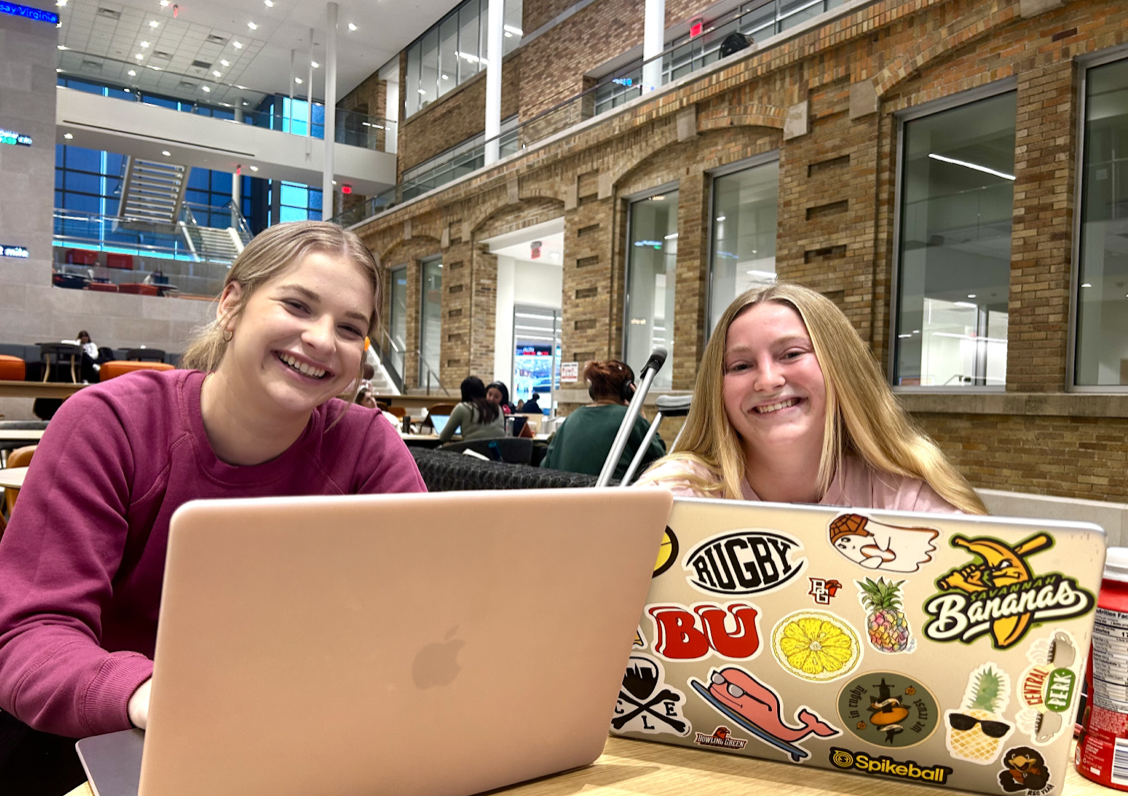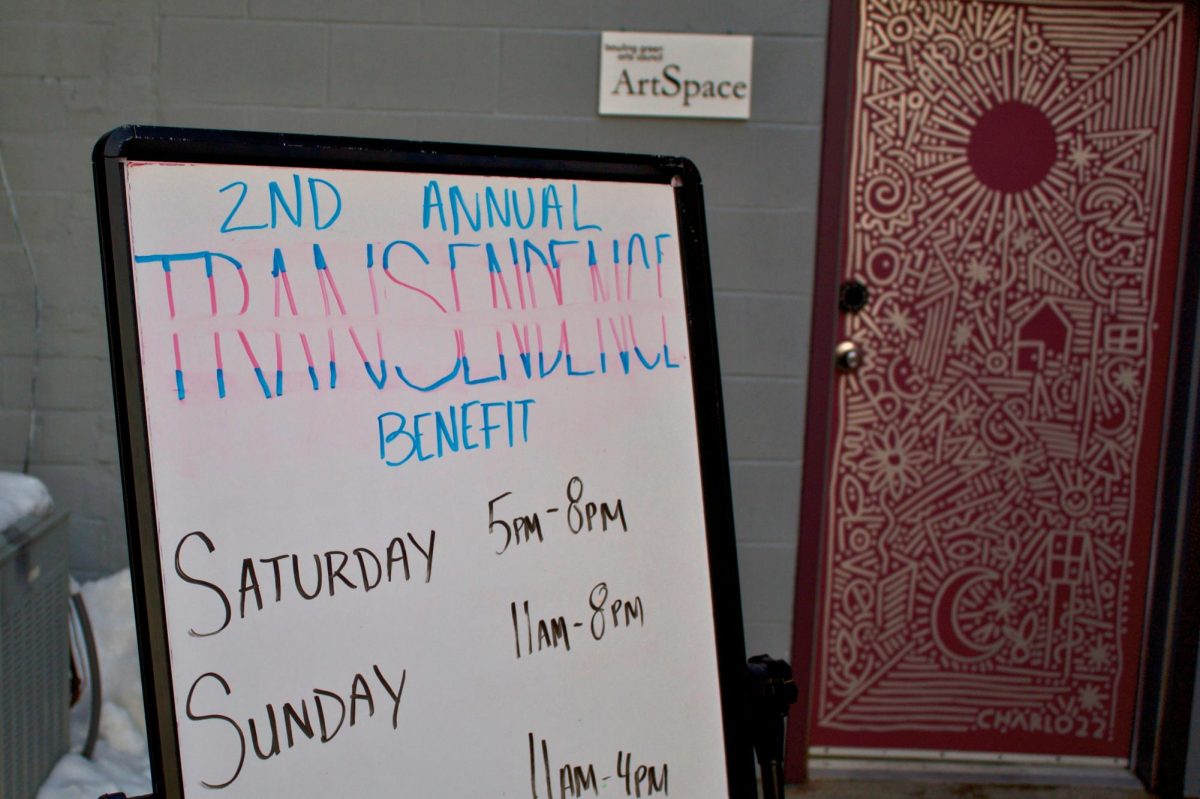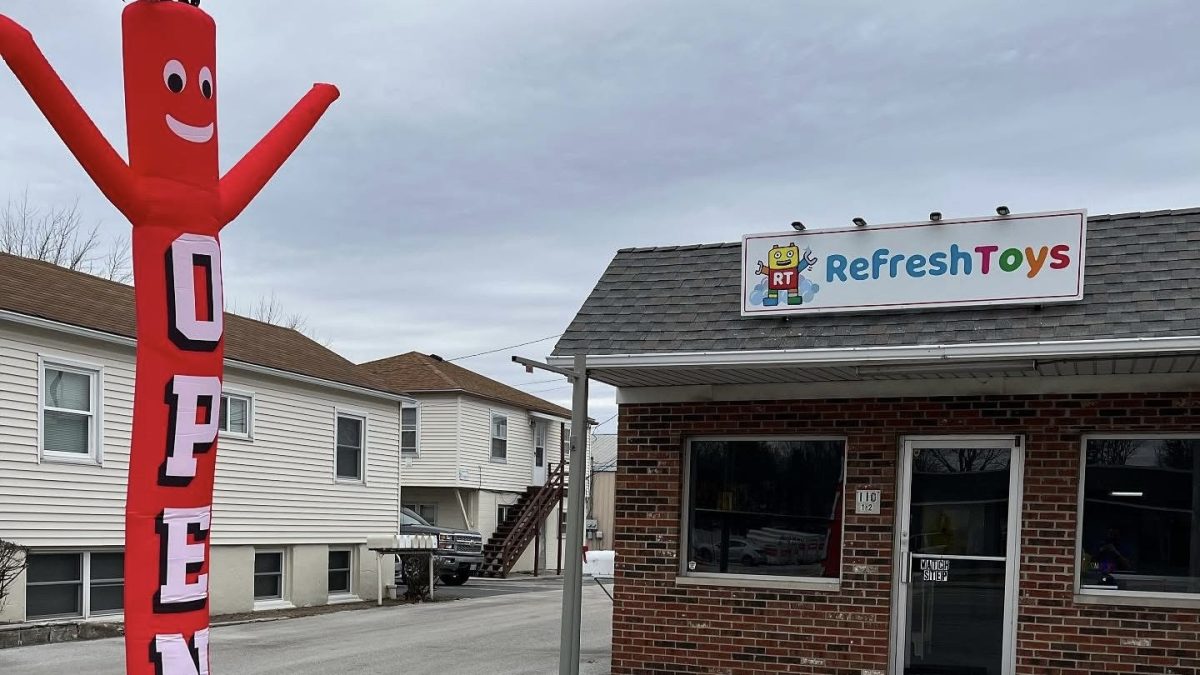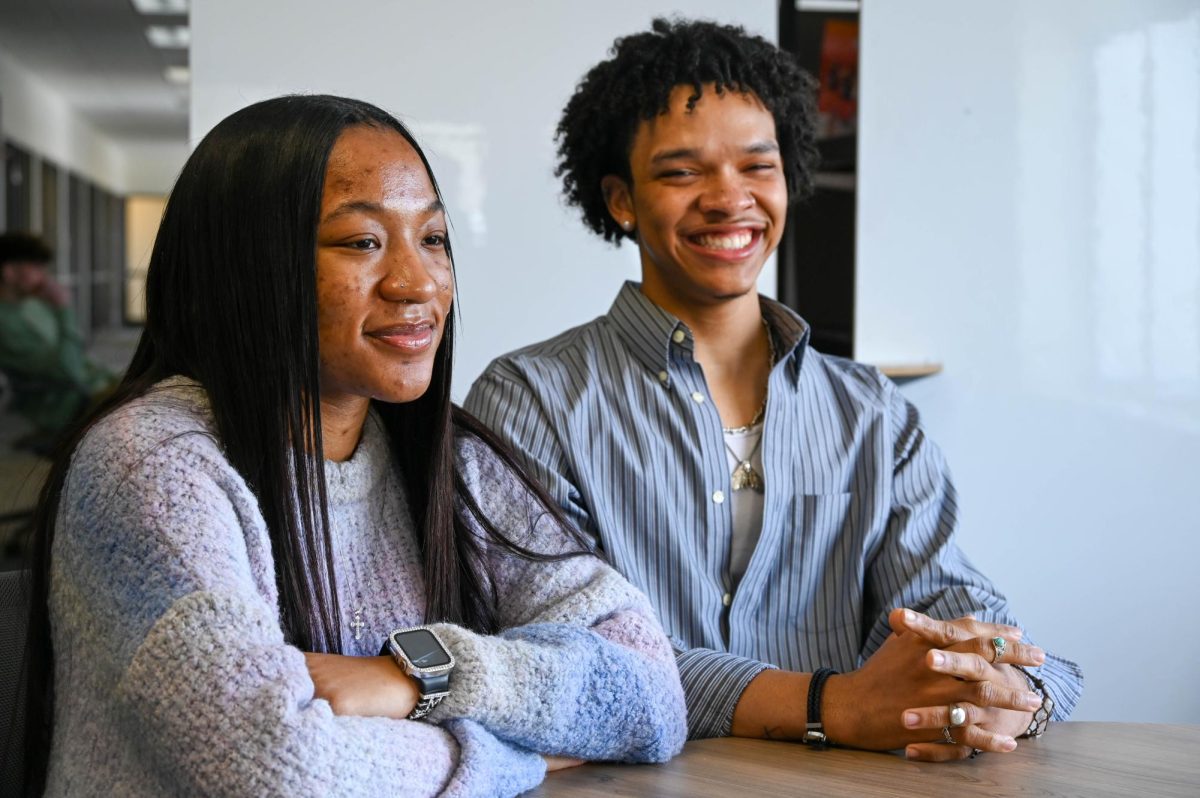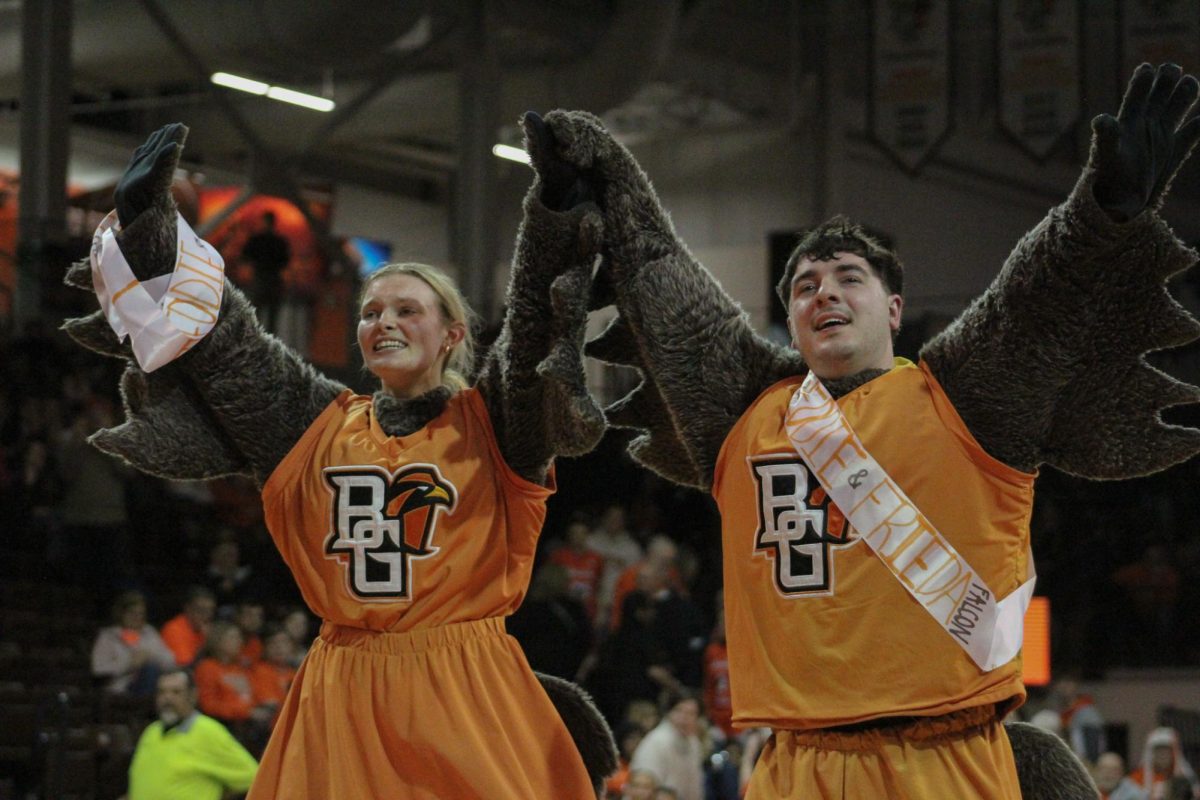The Undergraduate Student Government is the voice for the student body.
They pass resolutions that they view as a reflection of what the student body wants, as well as communicate with the administration to show the student’s point of view.
Below are five things students at the University should know about USG.
1. USG is set up similarly to the United States government, where they have a legislative and an executive branch that help pass resolutions for the benefit of the students. The executive branch features the President Alex Solis, Vice President David Neely and Treasurer Ebonee Johnson. The legislative branch features the senators, all of whom represent different constituents such as Greek life and LGBTQ.
2. Solis and Neely, both seniors, began their second term this year, a relatively rare occurrence. They ran unopposed in this past election.
3. USG has a meeting every Monday at 7:30 p.m. in the Union, where they discuss resolutions and updates at the University. Time is reserved for guest speakers and others who come to lobby. In the past, guest speakers included Rodney Rogers, senior vice president for Academic Affairs and Provost, and Chief Information Officer John Ellinger. To find out when the meetings are, look at www.bgsu.edu/usg.
4. Legislation passed by USG doesn’t actually change current policies. When USG passes a resolution, it’s a symbolic gesture about what the student body thinks. It is then left up to the University to implement a change or not. To pass a resolution, USG must have quorum, or at least 50 percent of senators there to vote. Recent legislation includes one in support of gender neutral bathrooms in the Falcon Health Center, and one against changes to the Union room reservation policy.
5. Senators, along with representing their constituents and bring resolutions to the meetings, have to put in at least two hours a week outside of the meetings. One is in the USG office, where they educate themselves about what is happening in the University. The other hour is to be spent outside of the building where they talk with students to learn what they want from USG.





